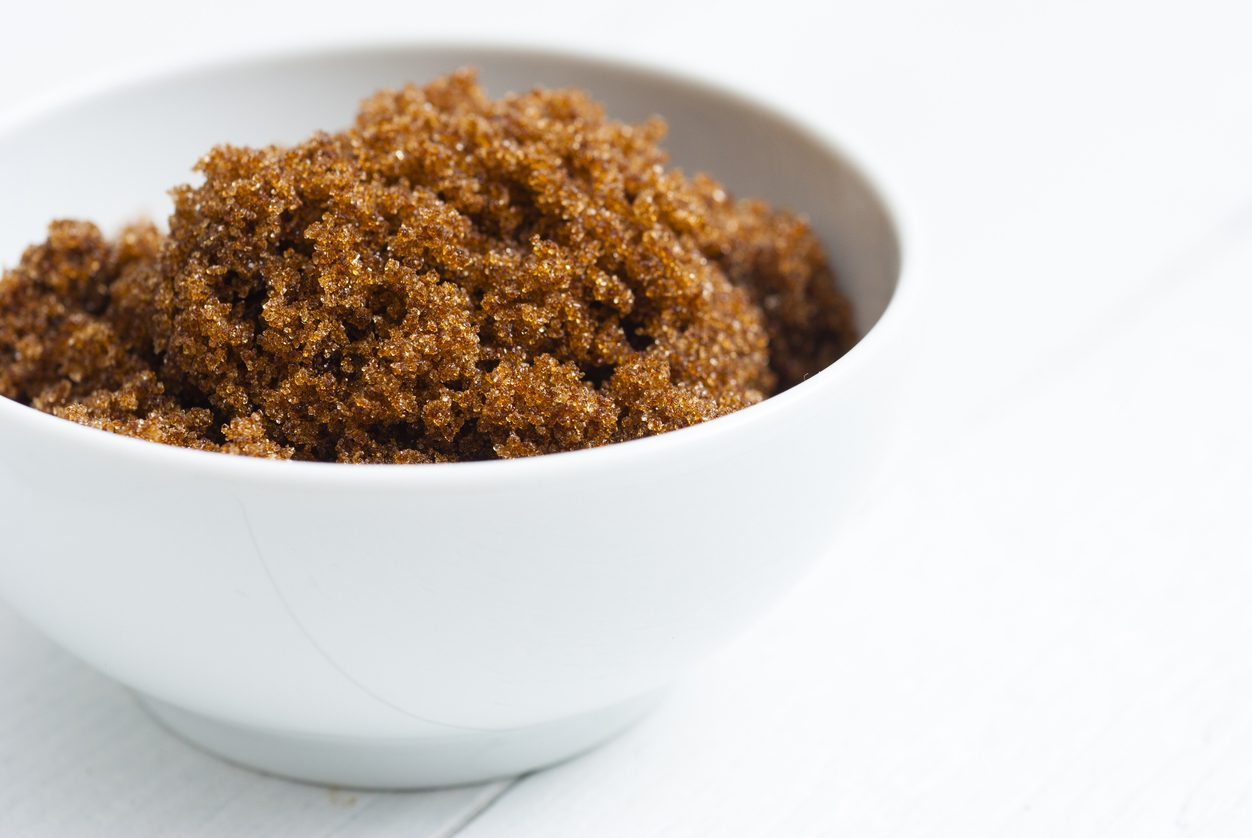What is Stevia and How To Use It Instead of Sugar In Your Kitchen
A small plant native to South America, stevia is now part of our daily lives in the form of a sweetener: it has zero calories, a sweetening power 300 times greater than classic sugar and you can use it not only to sweeten, but also to cook.

Sugar is the most well-known sweetener in the world but, due to the industrial refining and processing it goes through, in the long run it can become harmful in some cases and if consumed in excessive quantities. This is why alternative methods for sweetening drinks and desserts have become increasingly popular: one of these is stevia, a natural product obtained from the processing of a small perennial plant native to South America.
The name of the plant is Stevia rebaudiana, it belongs to the Asteraceae family and is also known by the nickname of “sweet herb”. It is a small shrub that hardly resists the cold, which is why it finds its ideal climate in South America, where it has been used since ancient times both to sweeten hot drinks such as mate tea, and as a healing herb.
Stevia has strong antioxidant and anti-inflammatory properties, so much so that originally in Europe it was not considered a sweetener. It was around 2010 that the plant began to be processed to obtain a sweetener, an extract obtained from the leaves and which has now become the main substitute for sugar. Usually you find it in the form of a powder similar to sugar, but it also exists in liquid or tablet form.
Is Stevia the Same as Aspartame?
Stevia and aspartame may both sweeten your iced coffee without the sugar crash, but they’re about as similar as apples and oranges (or should we say leaves and lab coats?). Stevia, darling of the natural sweetener world, comes from the Stevia rebaudiana plant and is extracted from its leaves—think of it as Mother Nature’s little gift for your sweet tooth. On the other hand, aspartame is a zero-calorie synthetic sweetener cooked up in the lab; it’s a blend of two amino acids, phenylalanine and aspartic acid. The key difference? Stevia is marketed as a “natural” alternative, while aspartame is artificial, and some folks prefer one over the other based on taste or concerns about artificial ingredients. So, if you're all about the plant-based life, stevia's your bestie.
How to Use Stevia Instead of Sugar?
Stevia has some great benefits, including being completely calorie-free and having virtually no sugar, which allows it to be consumed even by those who suffer from conditions such as diabetes. This does not mean, however, that you can consume it without limits.
Even if it is harmless to health – it was cleared by the FAO in 2007 after rumors that it was responsible for the formation of tumors and introduced in the U.S. general market in 2008, when the FDA granted Generally Recognized as Safe (GRAS) status to rebaudioside A (Reb-A), a highly purified extract from stevia leaves – the principle of common sense and moderation always applies. According to experts, it is best to stay within the permitted daily doses, equal to 4 mg per body weight.

But remember that stevia has an enormous sweetening power, about 300 times stronger than sugar, so you don't need a lot of it anyway: consider that a teaspoon of this product sweetens as much as 800 grams of sugar. It also has a very strong sweetish aftertaste that vaguely recalls licorice and anise, so remember to use very little even when you use it in recipes so as not to alter the flavor of the preparation.
The most common mistake, in this case, is to replace the amount of sugar with the same amount of stevia. The sweetener must be dosed remembering this proportion: 100 grams of sugar correspond more or less to 40 grams of stevia powder. Also remember that the dosage of stevia depends on the degree of purity of the product (if it is a pure extract or if it is assembled with other sweeteners) and on the format: powdered stevia is the most concentrated, while dried leaves or tablets are less strong.

Tips for Using Stevia in The Kitchen
Stevia can be used in the kitchen in different ways, both “raw” to sweeten and in cooking, since it has a strong resistance to heat. The leaves, fresh or dehydrated, are generally used above all as herbal teas and infusions, while the extract in tablets is usually a sweetener for drinks.
The situation is different for stevia in powder or liquid form: in this case it can sweeten drinks, but it is also excellent as a substitute for sugar in sweet and savory recipes. You can use stevia in your dough for donuts or muffins, you can use it in more elaborate desserts such as tiramisu or cheesecake, and even preparations such as jam. You can also use stevia for savory sweet and sour recipes, such as an excellent light version of caponata.
;Resize,width=767;)
;Resize,width=712;)
;Resize,width=712;)

